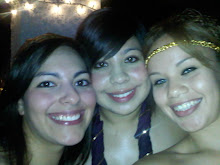
It true that things like climate changes have an effect on everyone on this planet and it also becomes the one time when humans and animals acknowledge that they both must act and “no one could escape” (888). Within the story, we also witness the ignorance expressed by humans about threatening situations. Mowgli states “What is that to me” (889) setting himself apart from the others because of that difference that has been previously presented to him. However, with his ignorance he learns the story of the separation between different animals that became the separation between animal and man. It’s almost impossible to think that all animals once roamed the earth together but with many of the jungle laws presented, it makes it a reasonable idea. How wonderful it must have been to see several amazingly beautiful creatures together.

However, all good things must end, in this case the blame is placed on the Tiger who made the animals suspicious of each other and of the dangers they might bring. The change all took place with the want of meat “the smell of blood made us foolish” (893). From there death and fear seemed to run ramped in the jungle and the introduction of mankind only made things worse as he became the thing most feared by animals. Man however, is not solely responsible, the tiger made him dreadfully dangerous “Thou has taught Man to kill, and he is not a slow learner” (895). The separation was created by both animals and beast as well as between different animals and that still survives today. What would the world have been like if the Tiger would have never killed the buck and the encounter between man and tiger would not have produce fear. Would it be the case that the reality that we all suffer together stand out and be a priority concern when things go wrong. “Earth, people, and food were all one “(898).



